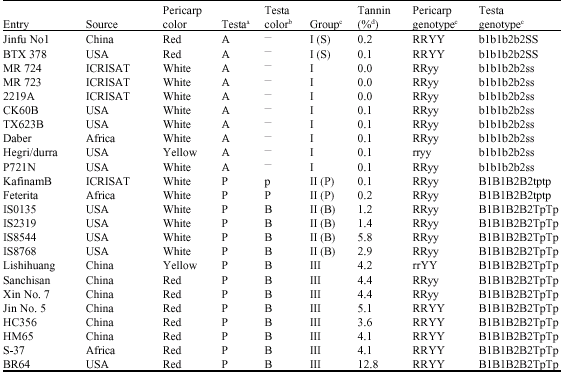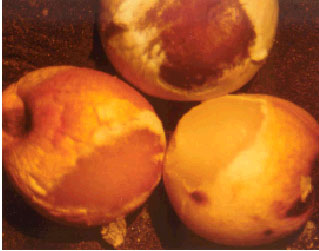Research Article
The Relationships of Sorghum Kernel Pericarp and Testa Characteristics with Tannin Content
The Agri-Biotechnology Research Center of Shanxi Province, 64 N. Nongke Taiyuan, Shanxi 030031, China
Yi Sun
The Agri-Biotechnology Research Center of Shanxi Province, 64 N. Nongke Taiyuan, Shanxi 030031, China
L. Halgreen
Carlsberg Research Center, Gamle Carlsberg Vej 10 2500 Copenhagen, Valby, Denmark










